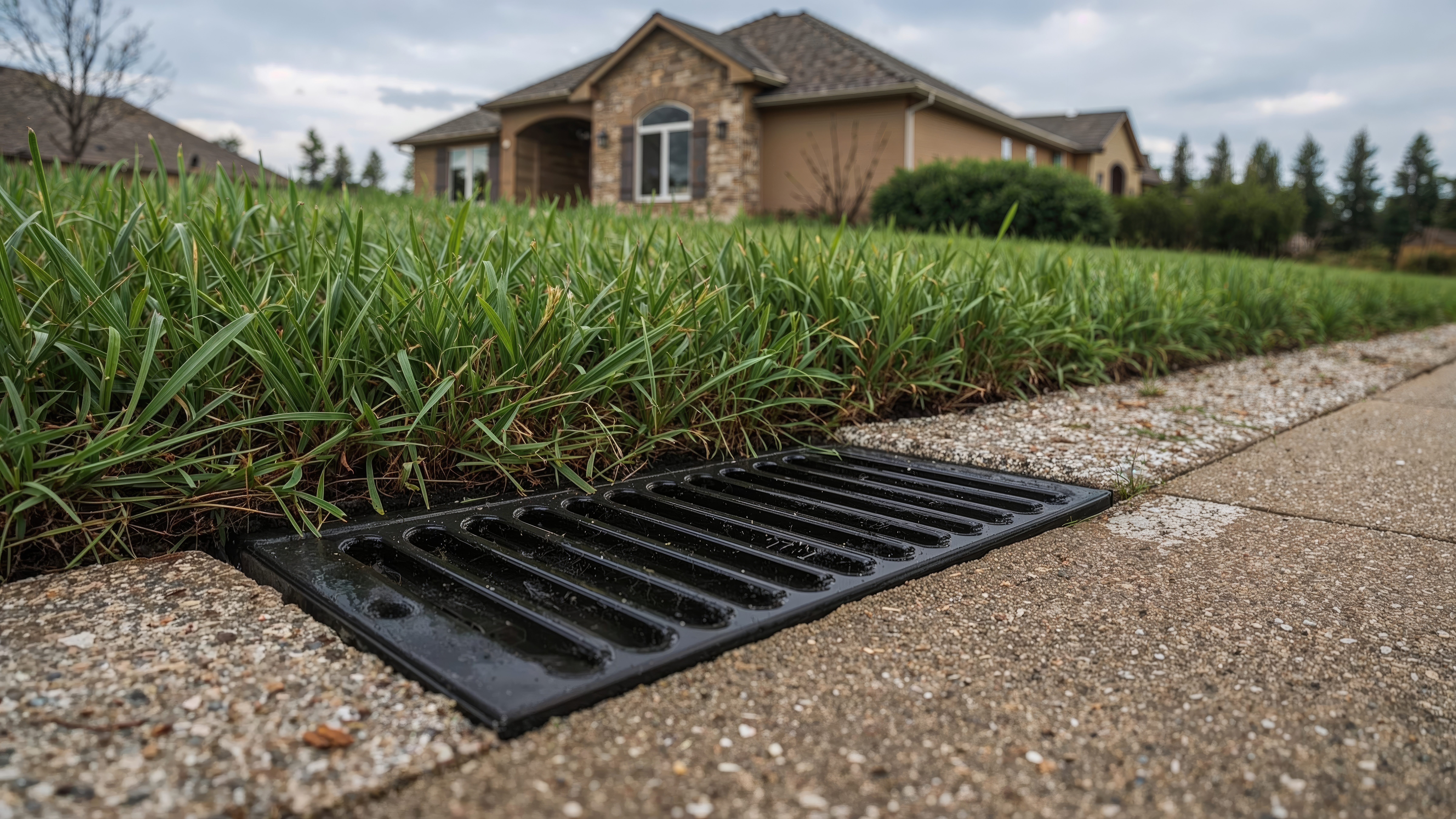Winter-Proofing Your Gravel Driveway: Tips for Long-Lasting Durability
September 4, 2025

Winter can quickly take a toll on gravel. Meltwater begins to seep in after a thaw, which then freezes solid overnight, and forces upheaval. Plows also carve into the surface during snow removal and erode the most necessary elements. By the time spring arrives, the same stretch of gravel surface that once looked smooth prior to winter can be riddled with ruts and soft spots. The driveways that hold up best are the ones that enter the season with a firm, compacted surface and the right stone, positioned in the right places.
Handle Repairs Before the Frost
The last stretch of mild weather is the time to get the surface in order. This means filling in low spots with fresh aggregate and working it in to place before the ground hardens. A top layer of ⅜-inch minus or ½-inch crushed stone with fines will settle tightly once it’s tamped. The fines work down into the voids between the angular rock, tying it together. Rolling or plate tamping while the material still has some moisture helps it set firm, so it won’t shift as easily once the frost heave starts.
Shape the Drive for Drainage
Water control is everything in cold weather. A crown reaching about a quarter inch of rise for every foot of width, keeps meltwater moving toward the shoulders instead of sitting in the wheel paths. Side ditches, swales, and culverts should also be cleared before snow covers them. Along the edges that see the most traffic, a run of ¾-inch crushed rock adds weight and resists the wear from turning tires and the side scrape of a plow.
Strengthen the Base Where It Matters
The base is what carries the weight, so it has to be solid. A lift of 1½-inch DOT-approved crushed stone compacted in place is capable of carrying heavy loads, from oil delivery trucks to loaded plows, without shifting. If the base has softened in certain sections, those areas can be dug out and rebuilt with coarse aggregate before winter takes hold. This keeps the top layer from sinking or shifting during the mid-season thaws.
Pick Stone That Stays Put
Not all gravel behaves the same in winter. Rounded rock is more likely to roll under tires, while angular crushed stone locks together. For most climates, a ¾-inch minus blend gives enough drainage while still binding well. Where traction is a concern, crusher run is a solid option, being that it compacts into a dense surface that still sheds water. Many material providers keep it slightly damp for delivery in the cold months, so it tamps down tighter on arrival.
Keep Up with Mid-Winter Maintenance
Snow clearing should protect the surface, not strip it away. A plow blade lifted just above the gravel helps save the top layer. After a thaw, any displaced stone should be pulled back into place before it freezes again. If certain sections lose too much material, a light dressing of crusher run mid-season will restore traction without the cost of a full resurfacing. Rolling it in on a mild day will keep it secured until spring.
A driveway that enters winter with the right grading and solid drainage is the foundation of winter durability. Add to that the right compaction, and the gravel will be in far better shape. Moreover, choosing spec-grade aggregate from a reliable supplier will help to retain consistent quality from load to load. This means that repairs blend into the existing surface instead of creating weak spots. With a little attention before the cold sets in and a few light touch-ups during the season, a gravel driveway can handle winter without turning into a springtime rebuild.
